1. Using Oversized Furniture
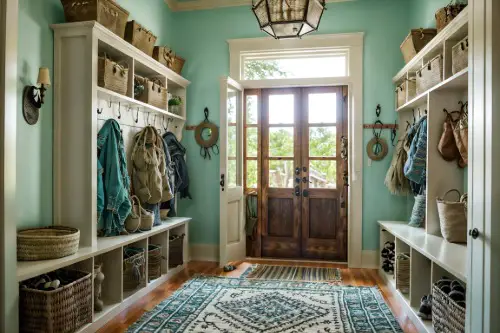
A chunky console or giant coat rack might look great in photos but can overwhelm an average entryway. It eats up valuable floor space and makes the area feel tight. Scale is key: furniture should fit the space, not fight it. When guests have to squeeze around a table or bench, it’s awkward.
Think slender and purposeful. For example, a narrow table or wall-mounted shelf still offers function without bulk. If you have a tiny entry, consider wall hooks instead of a freestanding coat stand. Properly scaled furniture helps your entryway feel balanced and open.
2. Ignoring Lighting
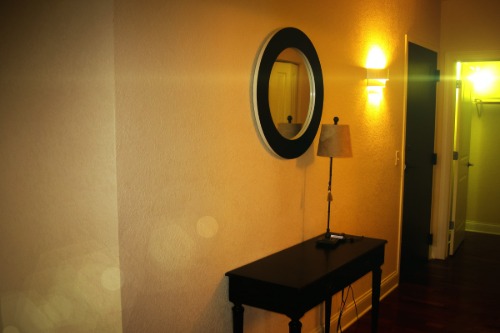
A dark, gloomy entryway sets the wrong tone the second someone walks in. Natural light is ideal, but if that’s not an option, layered lighting with sconces, overhead fixtures, or even a stylish table lamp helps. It makes the space feel warm and welcoming rather than cold and forgotten. Plus, good lighting highlights the design details you worked so hard on.
Neglecting lighting also makes practical tasks harder, like finding keys or reading mail. Poor lighting can even make a clean space look dingy. If your guests are squinting as they enter, it’s not a great first impression. A well-lit entryway feels like an invitation, not a warning sign.
3. Overcrowding the Space
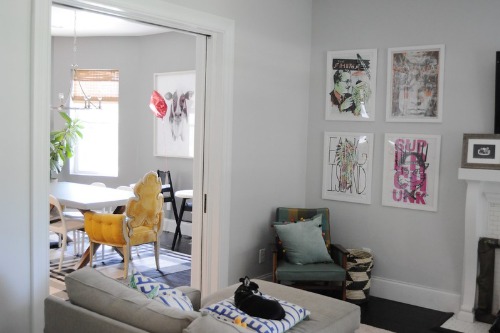
It’s tempting to load up your entryway with furniture, baskets, hooks, and art. But too much in a small area can make it feel cramped and chaotic. Guests should be able to step inside, remove their coat, and move around comfortably. If they’re dodging obstacles, it creates stress instead of ease.
An entryway should breathe — think of it as a pause between outside and inside. Visual clutter can feel overwhelming the moment you step through the door. Instead, choose a few functional pieces that fit the scale of your space. A simple bench or slim console table often does the trick.
4. Skipping a Rug or Mat
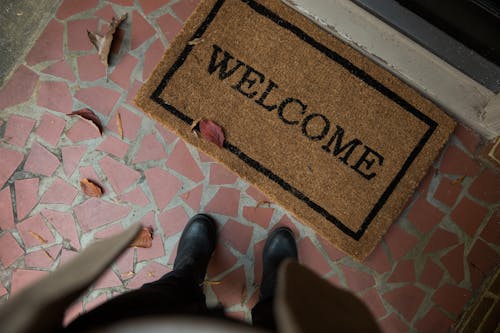
Walking into a bare entryway floor can feel stark and unfinished. A rug or mat helps define the space and adds texture, color, and warmth. It’s also practical, giving visitors a spot to wipe their shoes. Without one, dirt and moisture get tracked further into your home.
The right rug can tie your whole entryway together. Go for something durable and easy to clean, like a low-pile or indoor-outdoor material. Size matters — too small and it looks out of place, too big and it overwhelms. A good rule of thumb is to cover at least the main step-in area.
5. Forgetting Storage Solutions
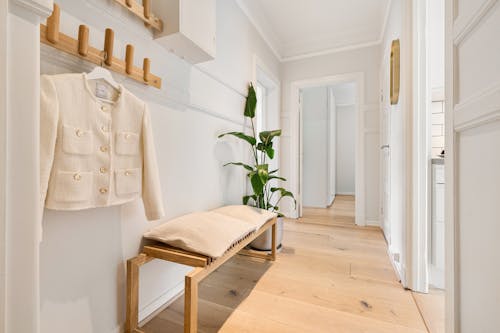
If there’s nowhere for guests (or you) to stash coats, shoes, or bags, the mess piles up fast. Even a small entry needs thoughtful storage to stay tidy. Hooks, baskets, cubbies, or a compact coat rack can work wonders. When clutter’s the first thing you see, it leaves a lasting negative impression.
A neat entryway says your home is cared for and organized. You don’t need custom built-ins to achieve that. Look for storage pieces that fit your style and space. The goal is to make it easy to drop things in their place the second you come through the door.
6. Neglecting the Front Door
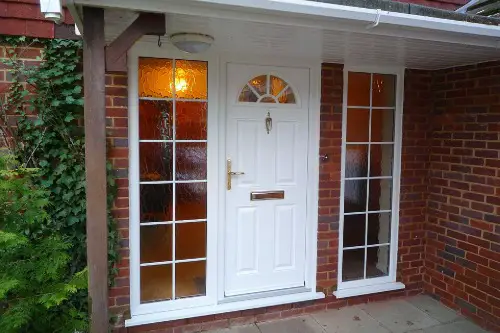
Your entryway’s first impression actually starts before guests even come inside. A scuffed, faded, or outdated front door can drag down your home’s curb appeal. It signals neglect, even if the inside is beautiful. A fresh coat of paint or updated hardware can make a huge difference.
The door sets the tone for what’s inside. Choose a color that complements your home’s exterior and reflects your style. Make sure the doorknob, knocker, or handle is in good condition and feels sturdy. These small upgrades help your entryway feel intentional and inviting.
7. Lack of Personal Touches
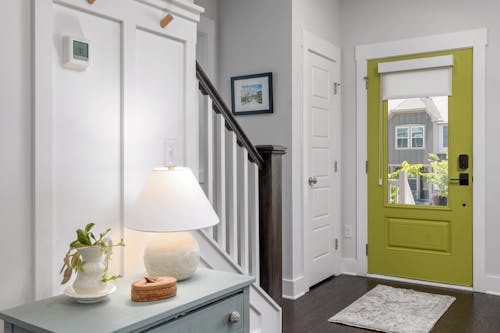
An entryway that’s too generic feels cold and impersonal. Guests should get a hint of who lives in the home as soon as they walk in. A piece of art you love, a family photo, or a quirky accessory can all help. Without those touches, the space can feel like a hotel lobby — nice, but forgettable.
Personal items create warmth and tell a story. They show that you’ve put thought into the space rather than just filling it with standard furniture. You don’t need to go overboard; even one or two meaningful pieces make a difference. The goal is to make visitors feel welcomed into your home, not just a home.
8. Forgetting to Plan for Traffic Flow
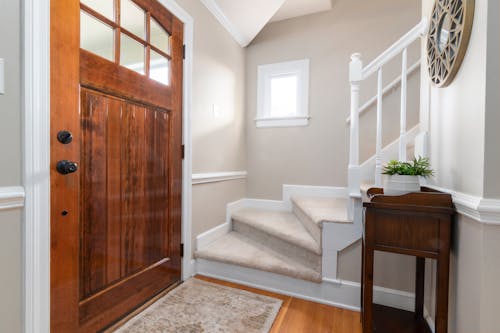
An entryway needs to function smoothly, especially if you have multiple people coming and going. If doors, drawers, or furniture block the natural path, it causes frustration. Guests shouldn’t have to navigate a maze to enter or exit. If they feel cramped or confused, it leaves a bad impression.
Think about how people move through the space — including when they’re carrying groceries or luggage. Make sure furniture placement allows for easy passage. Avoid anything that juts out awkwardly or becomes a tripping hazard. A clear, open flow makes the entryway feel effortless and thoughtfully designed.
9. Choosing Fragile or High-Maintenance Materials
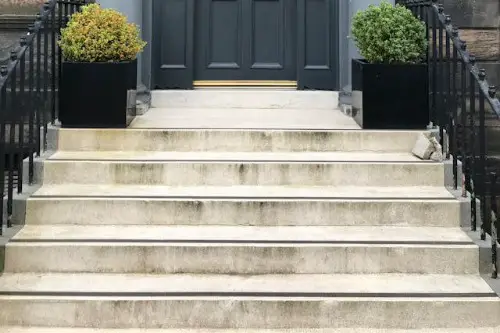
The entryway is a high-traffic area that sees dirt, water, and wear daily. Using delicate fabrics, easily scratched wood, or fussy decor invites trouble. It may look gorgeous at first, but it won’t stay that way for long. Worn-out or damaged items leave the wrong kind of impression.
Durability is just as important as style here. Opt for materials that can stand up to boots, bags, and muddy paws. Think metal, stone, sealed wood, or sturdy woven baskets. That way, your entryway stays looking good without constant worry or upkeep.
10. Overlooking Scent
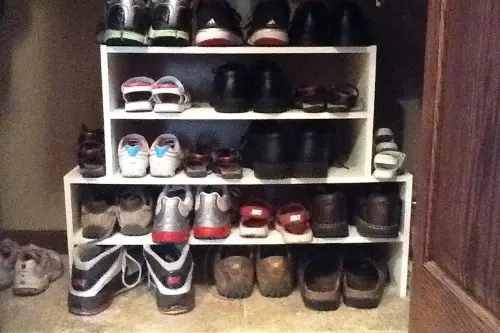
Design isn’t just about what you see — it’s about what you sense. A stale or musty smell in the entryway can sour first impressions instantly. This is especially common in older homes or if shoes pile up without airing out. Fresh air, subtle diffusers, or natural elements can all help.
Scent sets the mood the second guests cross the threshold. You don’t want anything overpowering, but a light, clean fragrance creates a positive vibe. Citrus, eucalyptus, or lavender are popular choices that feel fresh and inviting. Don’t underestimate how powerful this small detail can be.
This post 10 Entryway Design Mistakes That Ruin First Impressions was first published on Greenhouse Black.
